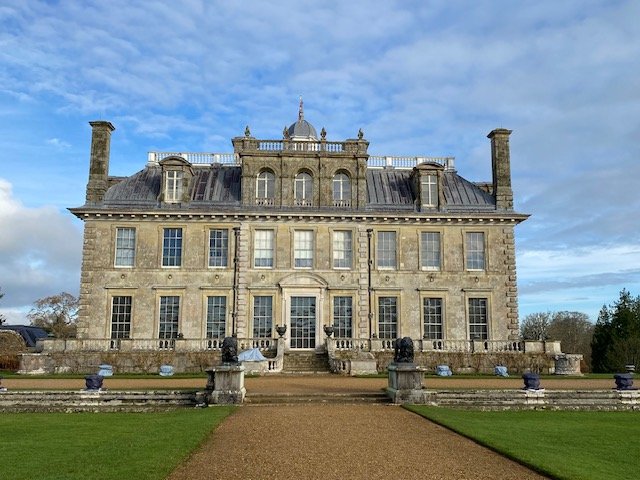
Wanderings and wonderings…
I love exploring places and discovering the history, culture and people which have made them what they are.

I love exploring places and discovering the history, culture and people which have made them what they are.

A fascinating look at one of Dr Barnardo’s schools…

Not a lot to see here!

Birthplace of Richard I and John, sons of Henry II.

Christmas wishes at Kingston Lacy!

A long and troubled history.

Birthplace of Henry IV